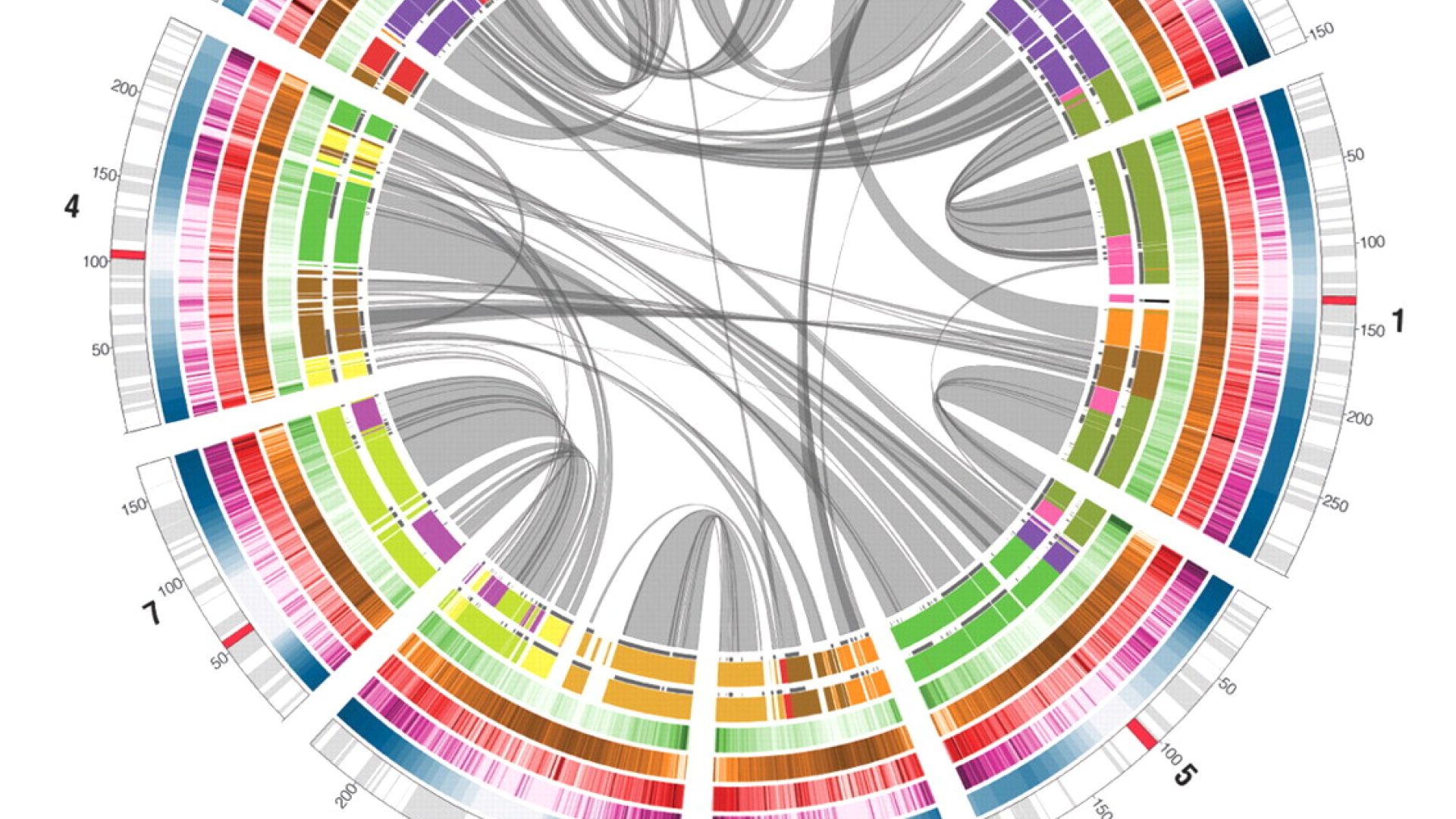First complete corn genome map created

In a groundbreaking achievement, scientists, led by University of Nebraska–Lincoln researcher James Schnable, have successfully mapped the complete genome of corn. This milestone development promises to revolutionize the future of agriculture, offering invaluable insights into crop health, resilience, and productivity. Published recently in the prestigious journal Nature Genetics, the study represents a significant leap forward in the field of genetics, coming on the heels of the human genome’s complete mapping just a year ago. The corn genome, due to its sheer size and complexity, has long posed a formidable challenge for scientists seeking to decode its genetic makeup.
Over the years, technology has made strides in this area, with the first draft of the corn genome emerging in 2009. However, numerous gaps remained, comprising over 100,000 unresolved genetic sequences. James Schnable, the Charles O. Gardner Professor of Agronomy, explained, “Our team drew on the latest technology, plus the particular expertise of the individual team members, and that finally made possible the mapping of the complete corn genome.” A significant aspect of this achievement was the resolution of complex genetic regions containing nearly identical paralogs – genes that are so similar they were previously indistinguishable. Corn’s genetic repetition presents an extraordinary challenge, with vast stretches of genetic material intermingled, making it difficult to pinpoint individual gene functions.
The fully sequenced corn genome holds immense potential for developing improved corn varieties by enhancing the understanding of how genetic differences influence traits. Schnable explained, “Rather than conducting selection, we will have the potential to design and engineer corn varieties to adapt to changing climates and grow in more nitrogen-limited conditions.” Now that the corn genome is fully sequenced, scientists can embark on essential follow-up research to study and understand the function of individual genes previously unidentified. Schnable emphasized the university’s advantage in this endeavor, given its robust research and Extension network and the ability to grow corn varieties across a wide range of environments.